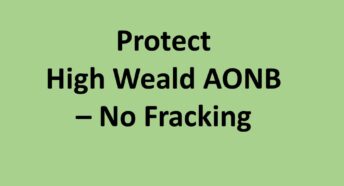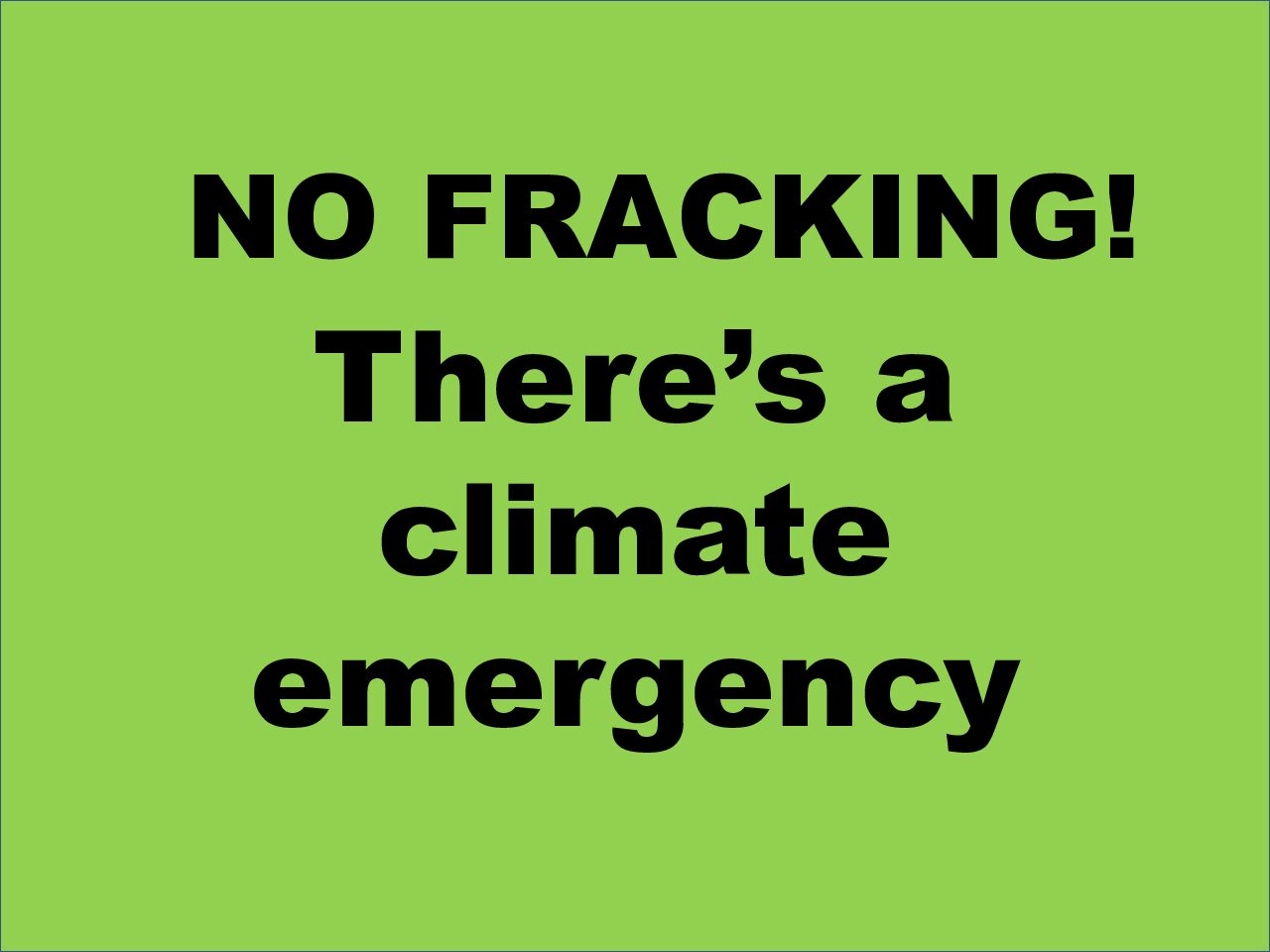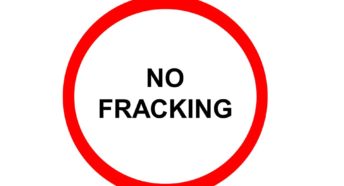When is a Frack not a Frack?
Letter explaining fracking published by the West Sussex County Times 19 November 2015.
Sir,
When is a Frack not a Frack? When is a Ban not a Ban?
When is a Frack not a Frack? When is a Ban not a Ban? When it comes to the subject of unconventional oil and gas drilling, it seems Ministers are just as confused as the rest of us. One minute fracking is allowed in National Parks, and then it isn’t. A few weeks later and drilling is allowed to take place in National Parks so long as the well pad is constructed just outside the boundary. Despite the mounting pile of conflicting statements issued by Government Ministers and Departments, South Downs MP Nick Herbert stated with some certainty in a recent article that fracking would be banned in our most protected landscapes, though horizontal drilling underneath would still be permitted, but only at great depths. In the past week, DECC have issued another consultation on proposals to restrict drilling in other protected landscapes such as SSSIs (though Ancient Woodland and local designations such as SNCIs still appear to be excluded).
The truth of the matter is that these recent proposals cast more doubt and confusion on the matter. For instance, the ban would only apply to surface locations and fracking underneath these protected landscapes would still be permitted. Additionally, depending on the landscape designation, the depth at which fracking can take place varies – in National Parks it would be 1,200m whereas SSSIs would only be 1,000m for example. Then there is the issue of the legislation itself. The rules regulating drilling depths are set out in legislations, whereas the bans on surface locations would only be a condition placed on newly awarded licences and a policy statement for existing licences in which the Secretary of State would signify that she/he is “not minded” to permit fracking. This does not sound like a ban to me.
Despite all this the fact is that all the regulations only apply to something called “associated hydraulic fracturing” – that is fracking in which more than 1000 cubic metres of fluids are used in any one stage or more than 10,000 cubic metres in total AND only when drilling into “shale or strata enclosed in shale”. What about other non-shale tight formations such as those in the Weald Basin? What about other unconventional methods?
The fact of the matter is that any bans that may or may not find their way into the rule book would only apply to drilling which fits the new legal definition of ‘associated hydraulic fracturing’. It will, it appears, still be possible to drill and frack in protected landscapes such as the South Downs National Park so long as less than 10,000 cubic metres of fluids are used or a different method of drilling is employed.
It is these questions which Mr Herbert now needs to seek written assurances about if we can truly believe his conviction that protected landscapes will not be fracked (on the surface at least).
Martin Dale
For and on behalf of CPRE Sussex (Horsham District)





